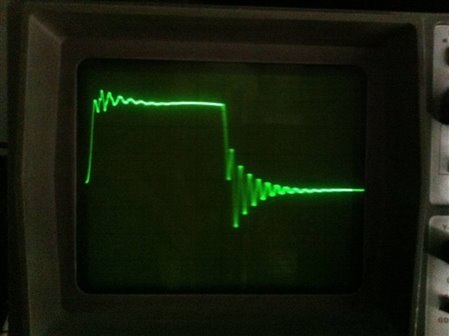Hi,
I´m currently designing a 5 cell pack Li-ion charger with LTC4008 chip (discussion posted in Sep 2011 in this thread)
In page 15 of LTC4008 datasheet you can find the topic about the MOSFET selection.
I´m certainly lost in the proper selection. I know that logic-level MOSFETS must be used (gate voltage around (5.6V-6V), but is the first time for me designing with mosfets.
One important point is the output voltage of the carger, datasheet says that if Vout>20V then the RDSon should be little more high for reducing the ripple...
The charge voltage will be 20.5V and maximum Output Current 1.5A
I was thinking on use the mosfets that appear in the schematics of the datasheet, but has anyone any recommendation?, I mean, do I have to go deep in the mosfets area or can I use one recommended by anyone who has be involved in similar scenarios?
The only important thing in this design is the proper selection for minimum ripple current, at cost of something (as always). Efficiency for example is not a problem cause it´s a battery charger (I prefer to lost energy efficency if that means reduce ripple current in the output). I´m thinking to use a slightly high Inductor (around 40 microH) and two low ESR tantalum capacitors "surge robust" in parallel in the output of the mosfets.
Any comments are appreciated
PS: I need reference values. (What means high ... what means low... 0.001 - 0.01 ? (in mosfet parameters)

